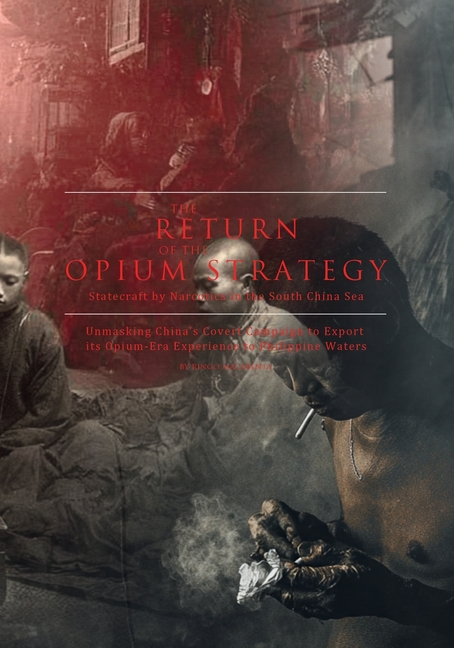Description
Unmasking China's Covert Campaign to Export Its Opium-Era Experience to Philippine Waters
This book examines the evolving terrain of modern conquest - not through armies or direct occupation, but through illicit networks, economic leverage, digital manipulation, and narcotics-fueled statecraft. At its core is a striking proposition: that historical imperial tactics, once used to fracture China itself, may now be resurfacing in reverse - adapted, refined, and deployed across maritime Southeast Asia, and the United States, as well
Using the Philippines as its primary case study, the book tracks how fragile institutions, elite complicity, and historical amnesia create fertile ground for external powers to exert silent, cumulative influence. What emerges is a sobering look at how narcotics, offshore gaming operations, digital infrastructure control, and other gray-zone instruments have been deployed to advance strategic influence and consolidate geopolitical footholds.
Yet this is neither a conspiracy tract, nor an alarmist call to arms. This is a grounded dissection of methods, patterns, and vulnerabilities long overlooked by conventional strategic discourse. Drawing from archival insights, current policy behavior, and long-term structural trends, the book builds a compelling case for rethinking sovereignty as an active defense of territorial integrity, national memory, institutional coherence, and civic engagement.
The Return of the Opium Strategy examines more than just the China-Philippines dynamic. It confronts the broader vulnerabilities of modern democracies under silent siege. Empire no longer arrives with flags or declarations - it infiltrates through influence, adapts to its environment, and gains ground wherever institutions falter and vigilance fades.
Product Details
- Jul 4, 2025 Pub Date:
- 9798291009949 ISBN-10:
- 9798291009949 ISBN-13:
- English Language




